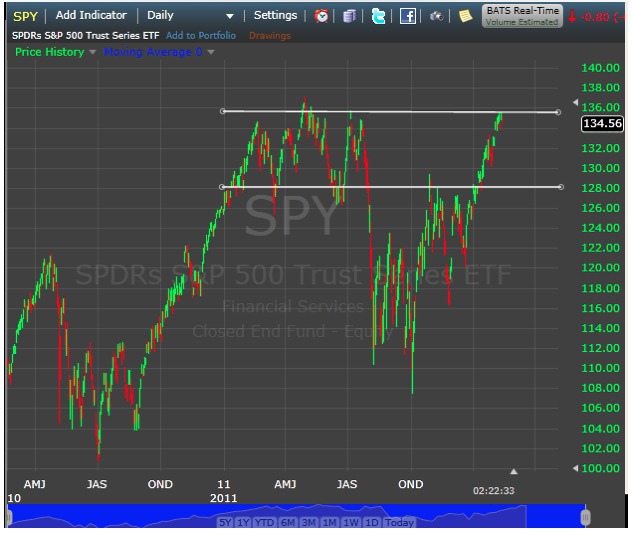2015 is off to a rough start, as the dollar’s strength has gutted earnings growth at multinational companies. In my opinion, there is more dollar strength ahead.
In addition to an improving US economy with a rate hike looming, global economies, broadly speaking, are soft, and a variety of central banks are considering additional quantitative easing programs.

Dollar
What’s different going forward is that US companies won’t be caught by surprise and are taking steps (hedging) to protect against further dollar appreciation from today’s levels.
However, I believe that improving corporate fundamentals will overcome the dollar’s rise, and I am not making any material changes to my Reasonable Price portfolio.
There are numerous advantages to a strong dollar; it’s the sudden and rapid rise that has been difficult to manage.
January effect
Overall, the S&P 500 was down 3.1% in January, but the first five days were positive and, more importantly, the December low held.
As I’ve said many times, January is a very tricky month because of a number of major cross-currents such as re-balancing and re-allocating between asset classes.
In addition, we’ve now experienced two consecutive down months, which has happened occasionally the past few years and doesn’t concern me. That said, I expect volatility to continue.
Broadly speaking the U.S. economy continues its slow but steady expansion. Recent GDP growth was a bit below expectations but still solidly positive, jobless claims at the end of January were the lowest since April 2000.
Consumer spending, meanwhile, jumped to its fastest pace since early 2006 at 4.3%. While there have been some notable earnings misses so far, I believe that the underlying strength is good.
Photo Credit: Alex Schwab via Flickr Creative Commons
DISCLAIMER: The investments discussed are held in client accounts as of January 31, 2014. These investments may or may not be currently held in client accounts. The reader should not assume that any investments identified were or will be profitable or that any investment recommendations or investment decisions we make in the future will be profitable. Past performance is no guarantee of future results.



